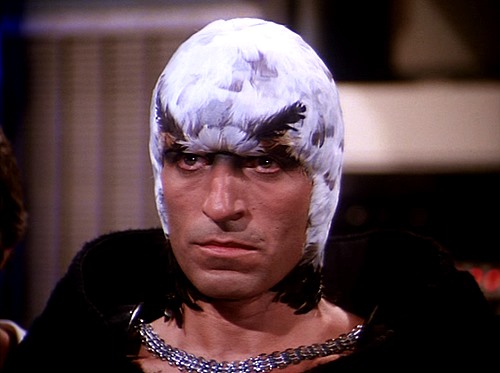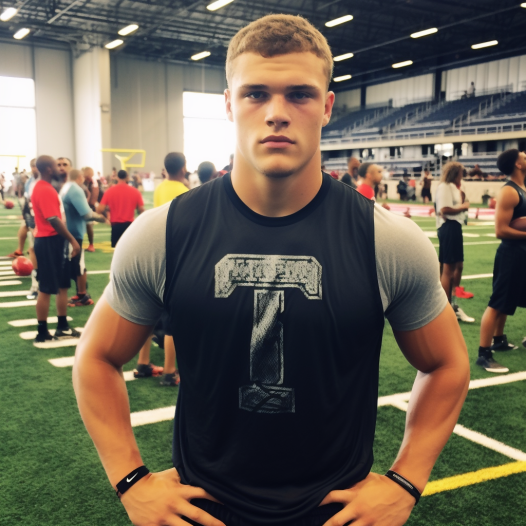Today’s post is a very personal one for me. Scott Pelluer, a former linebacker at Washington State and in the NFL, died at age 64. But Scott was much more than that to my son Matthew – Scott had been a private football coach for him from late April this year up until just before he passed, and the impact he had on Matthew during that time is something he’ll carry with him the rest of his life.
Matthew’s dream is to play college football, and he’d never played tackle football or even worn a helmet until he started training in earnest in April this year. As his dad, I wanted to support his dream and decided to find a private coach to work with him to help prepare him for training camp in June. I found Scott through an online website where he was advertising his services almost by accident when another coach Matthew worked with was going to be unavailable for some time – Scott later told me he didn’t get any other business from that site after I found him on it. After a few times playing voicemail tag, we connected and set a time for him to work with Matthew at Skyline High School in Sammamish, where Scott had once coached as a defensive coordinator.
Scott and Matthew hit it off immediately – it was clear Scott loved to coach football, and Matthew is someone who has always gotten feedback as being very coachable. Each session would start and end the same way, and often times he and Matthew would end up just talking in between drills about any number of things, including his time in the NFL and how he used to play catch with Peyton Manning when he was just a kid while he was on the Saints playing with his father Archie.
One session led to another, and another, and soon we were seeing Scott 3-4 times a week leading up to Matthew’s first ever spring training camp as an incoming freshman at Redmond High School. He encouraged Matthew to attend various college camps, as he would learn something at every camp he attended, and he told me repeatedly how much he loved working with Matthew and how strongly he felt he was going to be a “special” player. Matthew took his advice and was one of the youngest participants at the camp held by my alma mater, Temple University, in late May, and Scott texted me throughout to see how he did.

Having someone like Scott believe in his abilities meant the world to Matthew – he fed off that type of feedback and worked harder each and every time they met, and it was clear Scott had a genuine affection for Matthew as he went out of his way to tell me as often as possible he loved working with him and would work with him any time we wanted. He even urged us to attend a camp at USC so his son Peyton could see Matthew on the field. That didn’t mean he took it easy on him – on the contrary, he would push him harder as he progressed, and Matthew still has the dollar he won from Scott after completing the end of session one-handed catches of a lacrosse ball he’d have him do sitting on the mantle in our family room.
Once Matthew’s summer camp started in June, we only saw Scott one last time, on June 11th and it was a shorter session because he’d already been working a few other kids that Sunday like he always did. I had been texting him updates about how his progress had gone at his request, and at the end of their session he promised Matthew he would come watch one of his practices before the month was out. He told him how proud he was of the progress he’d made in such a short period of time and though I continued to text with him until the day of his heart attack, that was the last time Matthew ever got to see him.
Despite dealing with a nagging injury to his hip flexor, Matthew had a great camp and impressed the coaches with his work ethic and coachability. He has a legitimate shot of being on varsity come the fall, but whether or not that actually happens, there’s no way he would have had the success he did without those seven weeks he worked with Scott where he not only learned how to become a better football player, but he also learned how to believe in himself.
Yesterday, Matthew was ready to test out his hip flexor and see if he was finally at 100%, and we did the ladder drills and hurdle drills he’d done with Scott each session to do so. It was obvious after the first run he finally felt like himself again after over two weeks of being a step slow. As he ran back to the ladder and tossed me the ball, he had a huge smile on his face after I told him “Nice catch, young buck”. I’m sure Scott would have agreed.
Matthew’s journey on the gridiron is far from over, but the time he spent with Scott has already shaped him in remarkable ways. Those seven weeks weren’t just about football; they were about building character, fostering self-belief, and learning life lessons from a man who was more than just a coach.
Scott may have left us, but his teachings, spirit, and influence live on in every catch Matthew makes, every victory he achieves, every hurdle he overcomes. That’s the mark of a great mentor – even when they’re gone, their lessons stay with us.
So here’s to Scott, the former WSU great and NFL linebacker who left an indelible impact on my son. While his passing is a profound loss, his teachings and the memories they forged together will live on in Matthew’s journey. The field may be missing a great coach, but the game and Matthew’s heart will forever carry his legacy.
August 28, 2023 Update – Matthew officially made varsity as a freshman and will be playing LT for them in their first game of the season this Friday. He will also be playing TE and DE for JV each week. He is wearing Scott’s number 47 this season in tribute to him.












